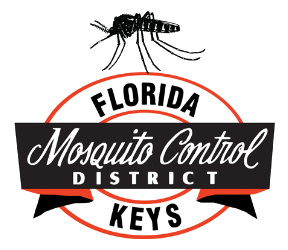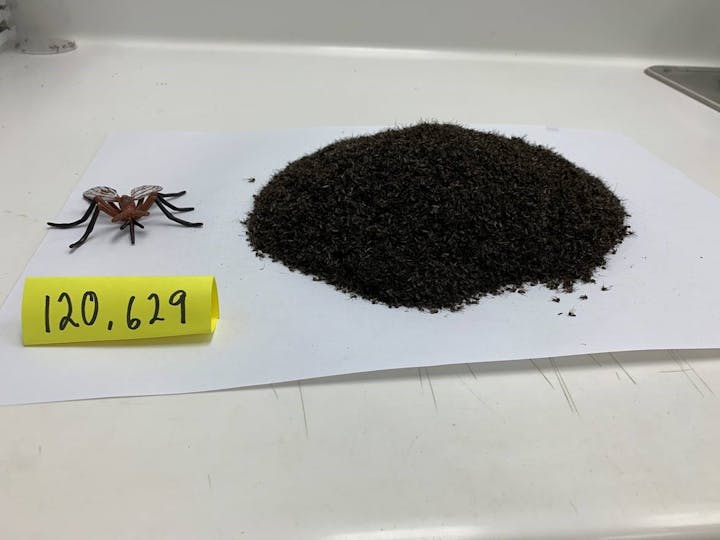75 Years Protecting Public Health
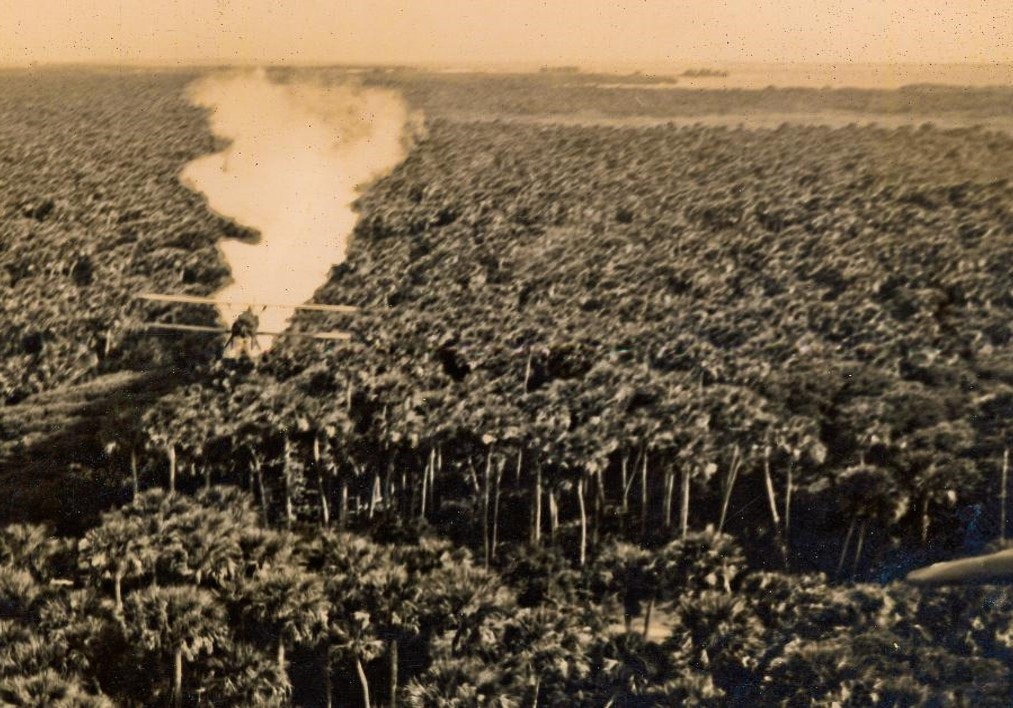
The roots of the Florida Keys Mosquito Control District run very deep in Monroe County and actually extend all the way back to 1950.
Key West had been the location of several mosquito borne disease outbreaks even prior to 1900 so the need for organized, targeted mosquito control there goes way back. In fact, documents in the FKMCD archive credit the State Health Department and a handful of dedicated individuals that had tremendous success controlling the Yellow Fever and Dengue Fever Mosquito, the Aedes aegypti, within Key West proper.
But after World War 2, the population of the entire archipelago of Monroe County was starting to grow by leaps and bounds and the population of budding hospitality business owners were growing impatient with the Florida Keys most unwelcome resident: the mosquito.
In 1949, the Florida State Legislature approved House Bill 1127 which allowed local governments to create special taxing districts for specific unmet needs, including mosquito control.
In November, 1950 the mosquito bitten residents of Monroe County overwhelmingly approved the required referendum and within six months, the Monroe County Anti-Mosquito Mosquito District was officially declared up and operating on August 1, 1951.
Armed with three duly elected commissioners, the authority to levy one (1) mill, but not to exceed $25,000 against the county tax rolls, the district charged head long into battle against the world’s deadliest animal in what is basically the only area within the continental United States to be officially ‘Tropical’ when it comes to climate.
Like most public agencies that have been around any length of time, the Monroe County Anti-Mosquito District quickly learned that any success was often tempered with the desire to do more and more. Over the decades FKMCD has cemented a legacy of leveraging a commitment to excellence with the responsible use of a diverse set of mosquito control tools that are available.
FKMCD's use of aircraft dates back to the early 1960's when the Board recognized that only such an investment yield the type of results the county wanted and deserved.
Later, in the 70's and 80's, FKMCD began to migrate towards the use of helicopters for both applications of granular and liquid products.
Also in the 1960's District Commissisoners and management saw the value of having ground inspectors take charge and manage mosquito operations for a certain specific area. Such a 'beat' system allowed the inspectors to customize their own effective methods, while maintaining a collective knowledge base about what types of control measures work best, etc.
Such a system is still in place in the modern era mosquito control. FKMCD now has a trained, licensed team of about 36 inspectors that are each responsible for their own piece of the mosquito control puzzle.
FKMCD invites you to view this photo gallery that demonstrates the district's evolution through the years.
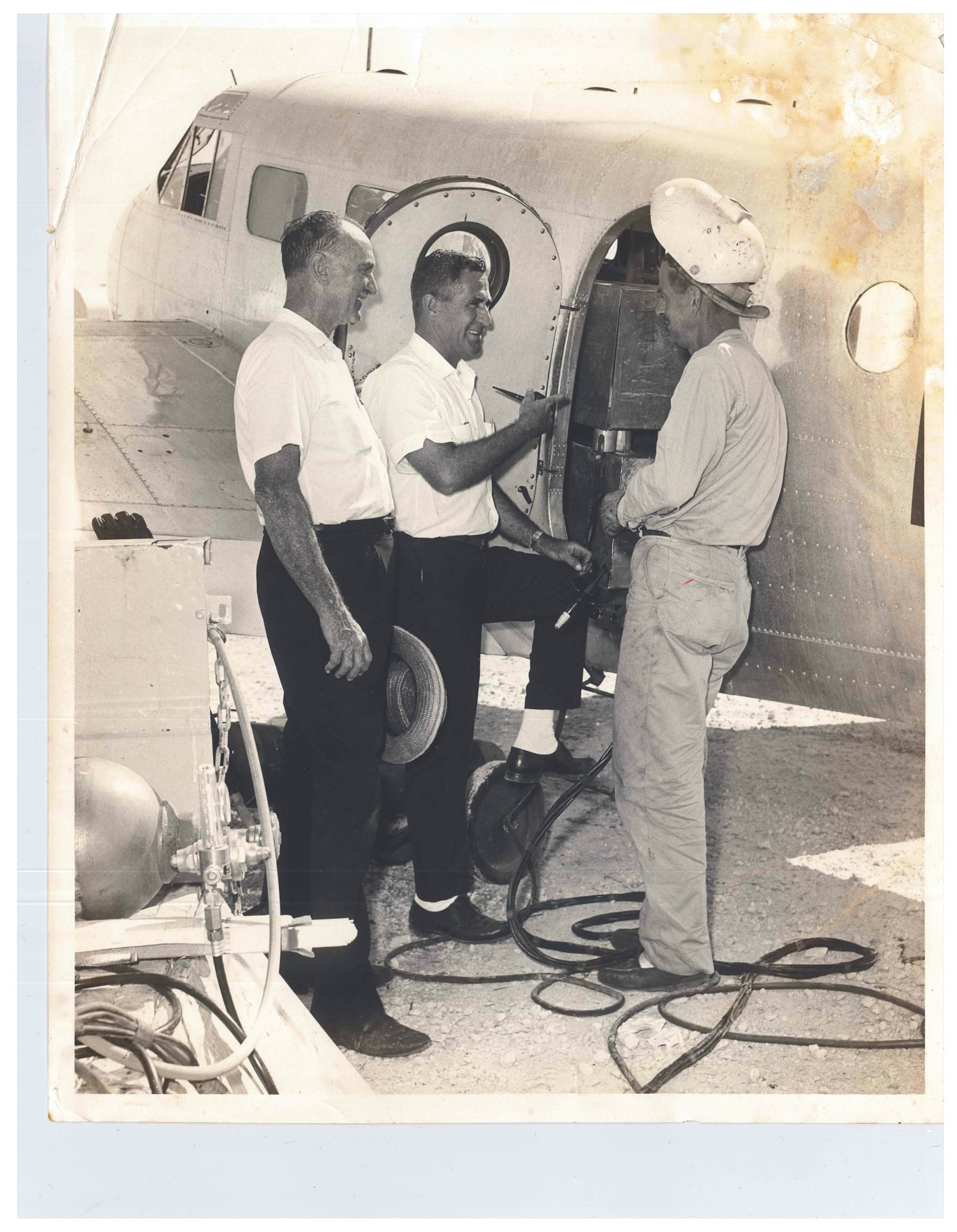
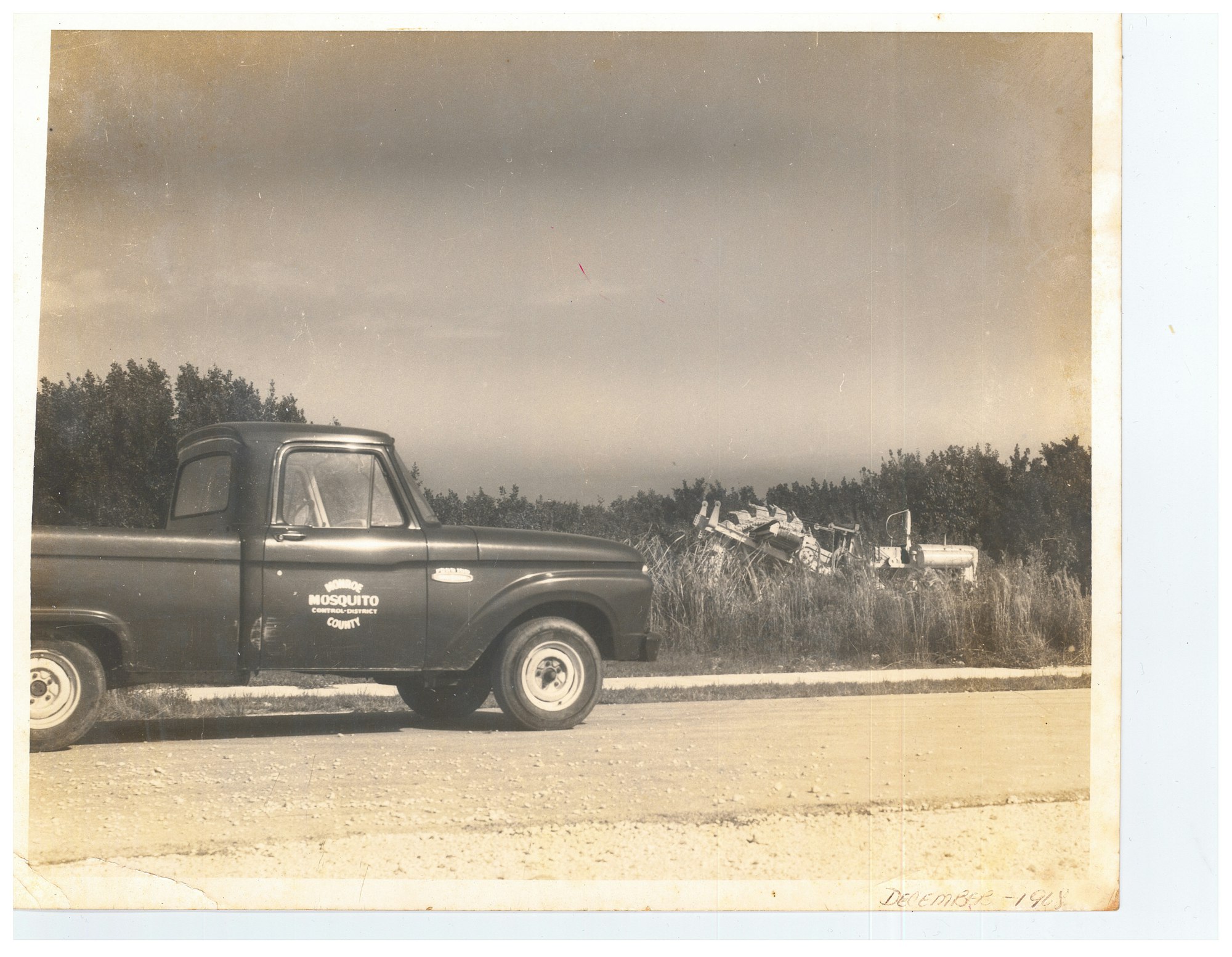





.JPG?ixlib=rb-1.1.0&w=2000&h=2000&fit=max&or=0&s=caf193630c0dce9f108463773b7bc05e)


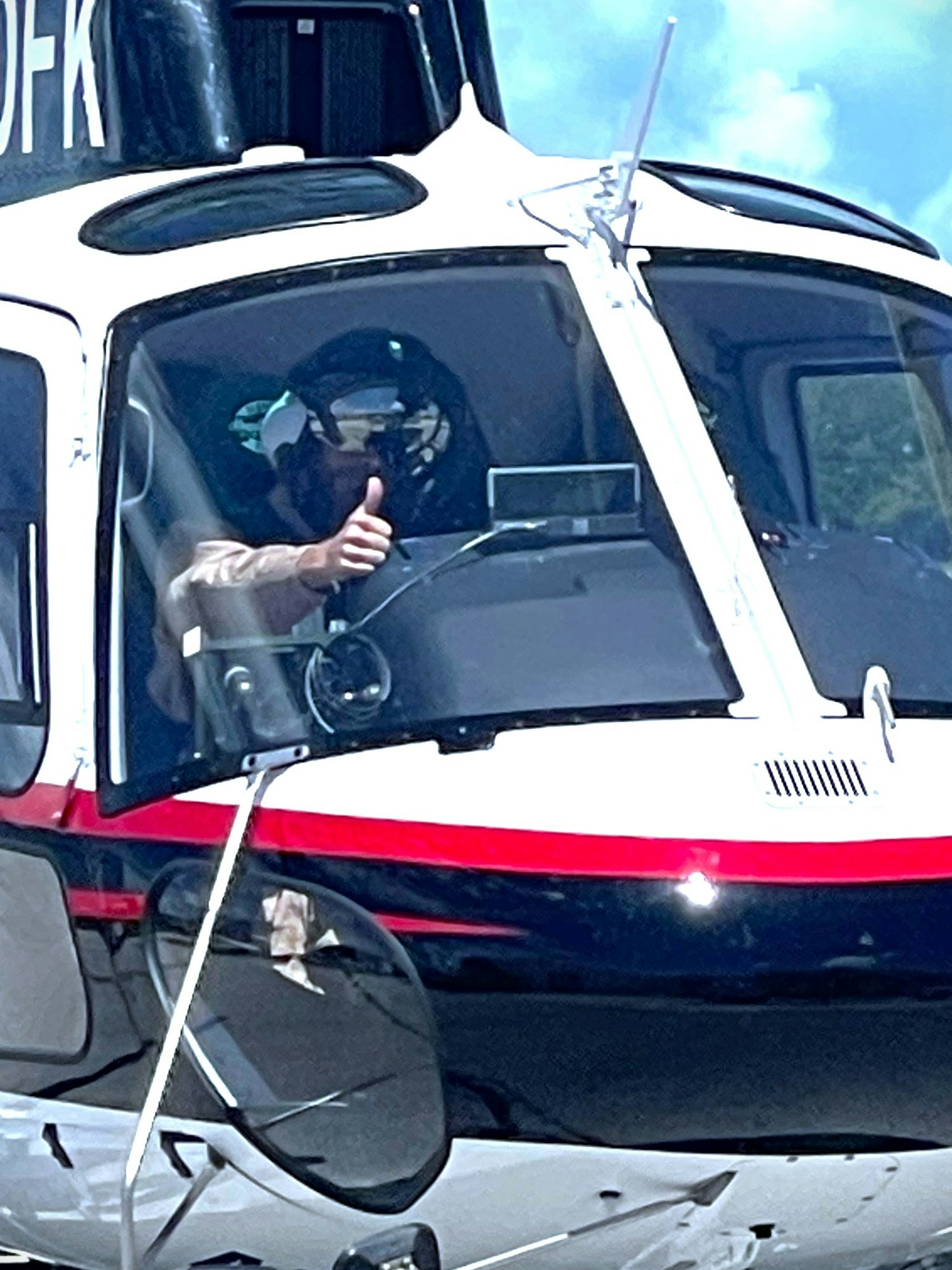
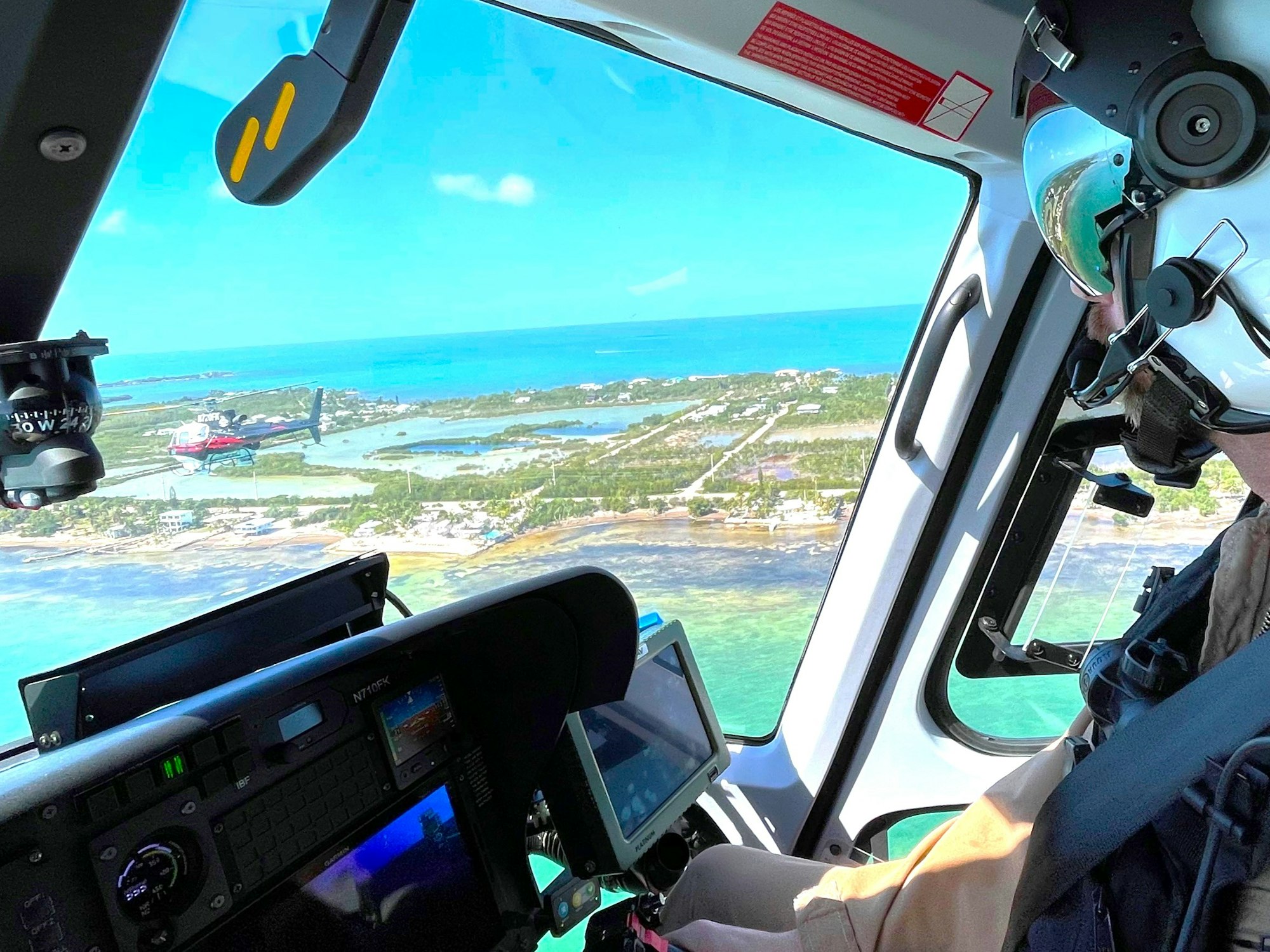










.JPG?ixlib=rb-1.1.0&w=2000&h=2000&fit=max&or=0&s=caf193630c0dce9f108463773b7bc05e)







FKMCD Opens its Doors to the Public in Anniversary Celebration!
On October 8, 2024 The Florida Keys Mosquito Control District held an inaugural 'Open House' to help commemorate its 75th Year of Operation.
Members of the community were invited to take a look at mosquito control 'behind the scenes.
The event was held in the District's hangar located at the Airport in Marathon. Even though an unseasonably late tropical storm threatened the festivities, attendees were still able to take in a mosquito spray demonstration and other exhibits.
Please view some of the photos below. It is expected that other 'Open House' events will be scheduled in the future.
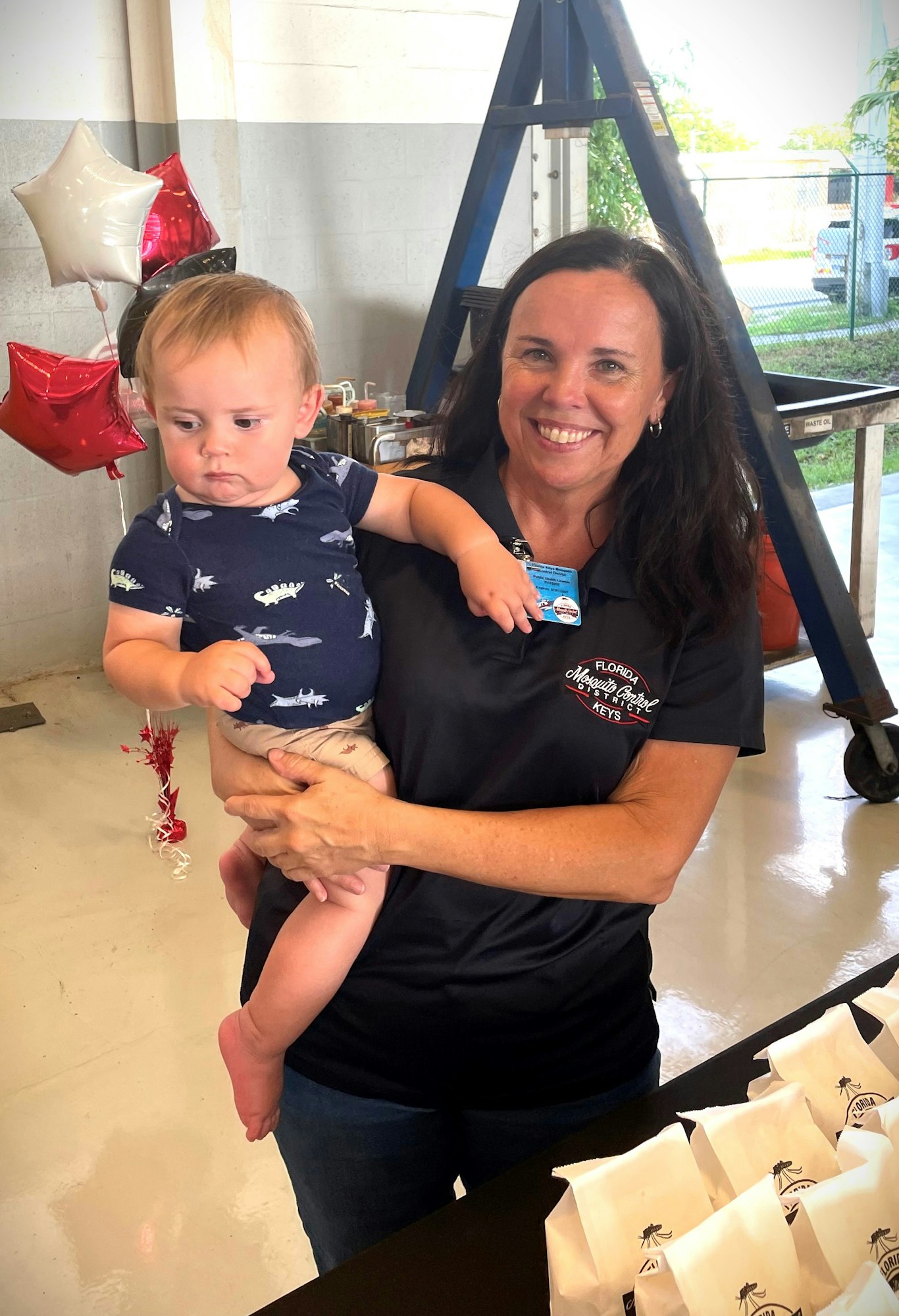
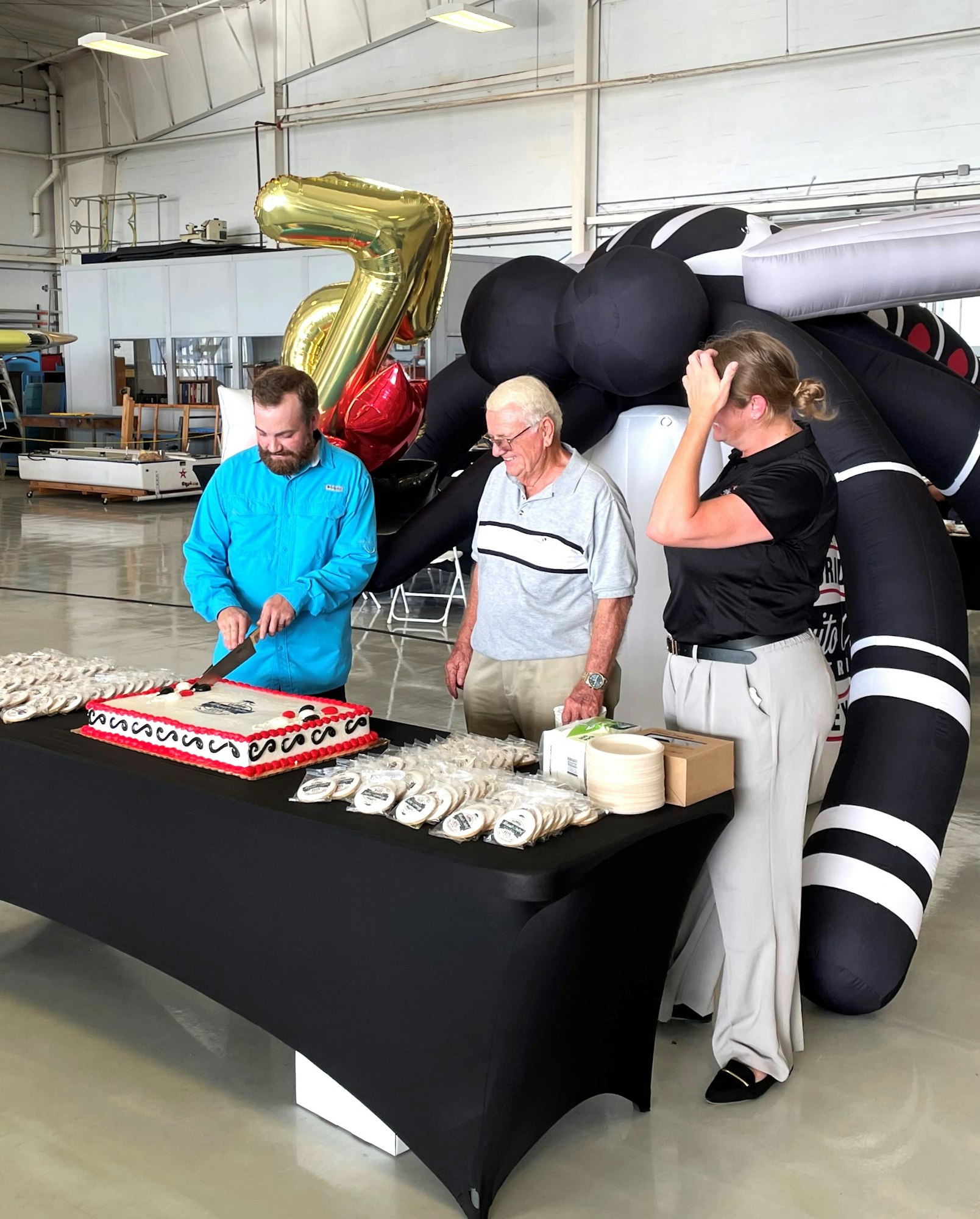
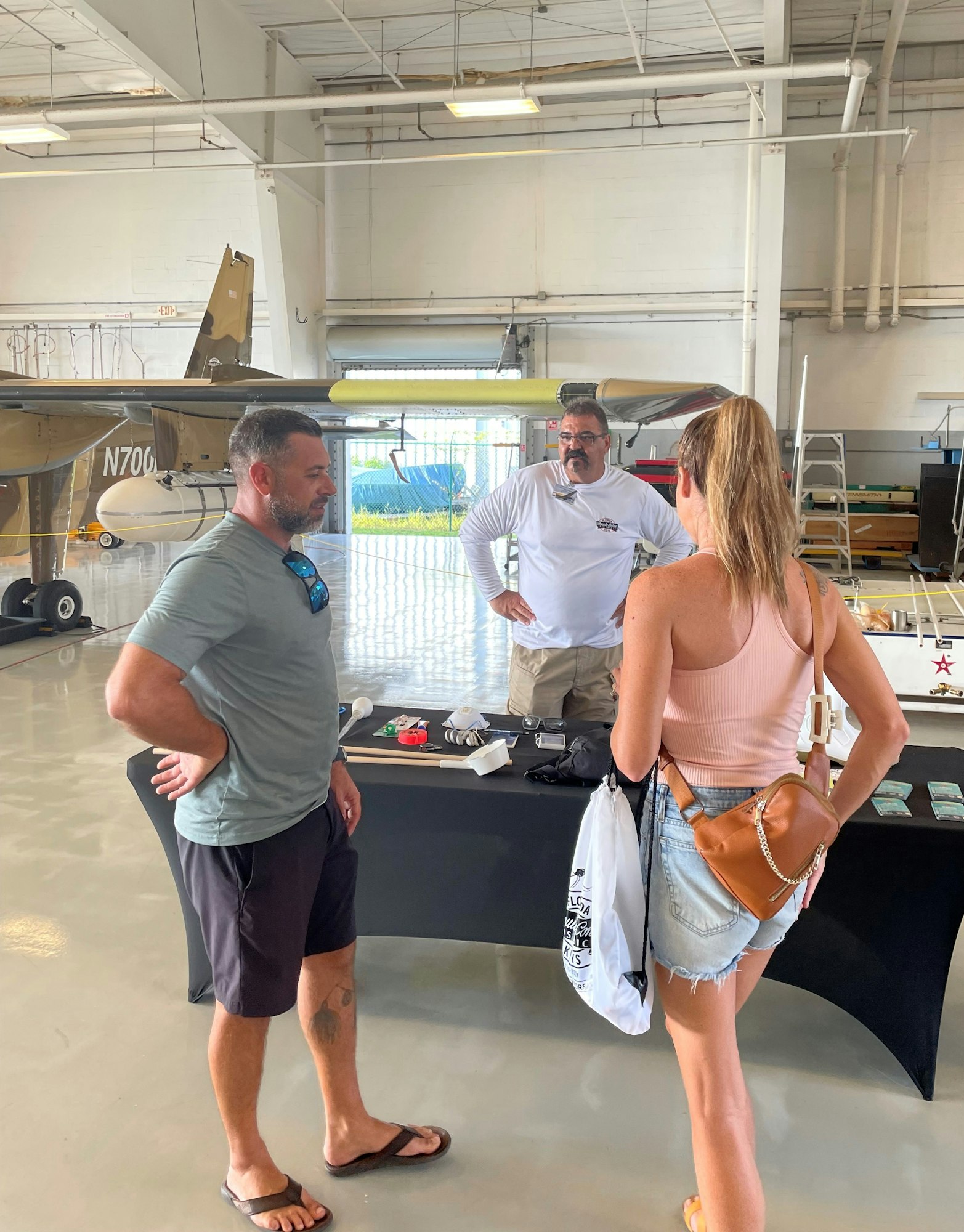



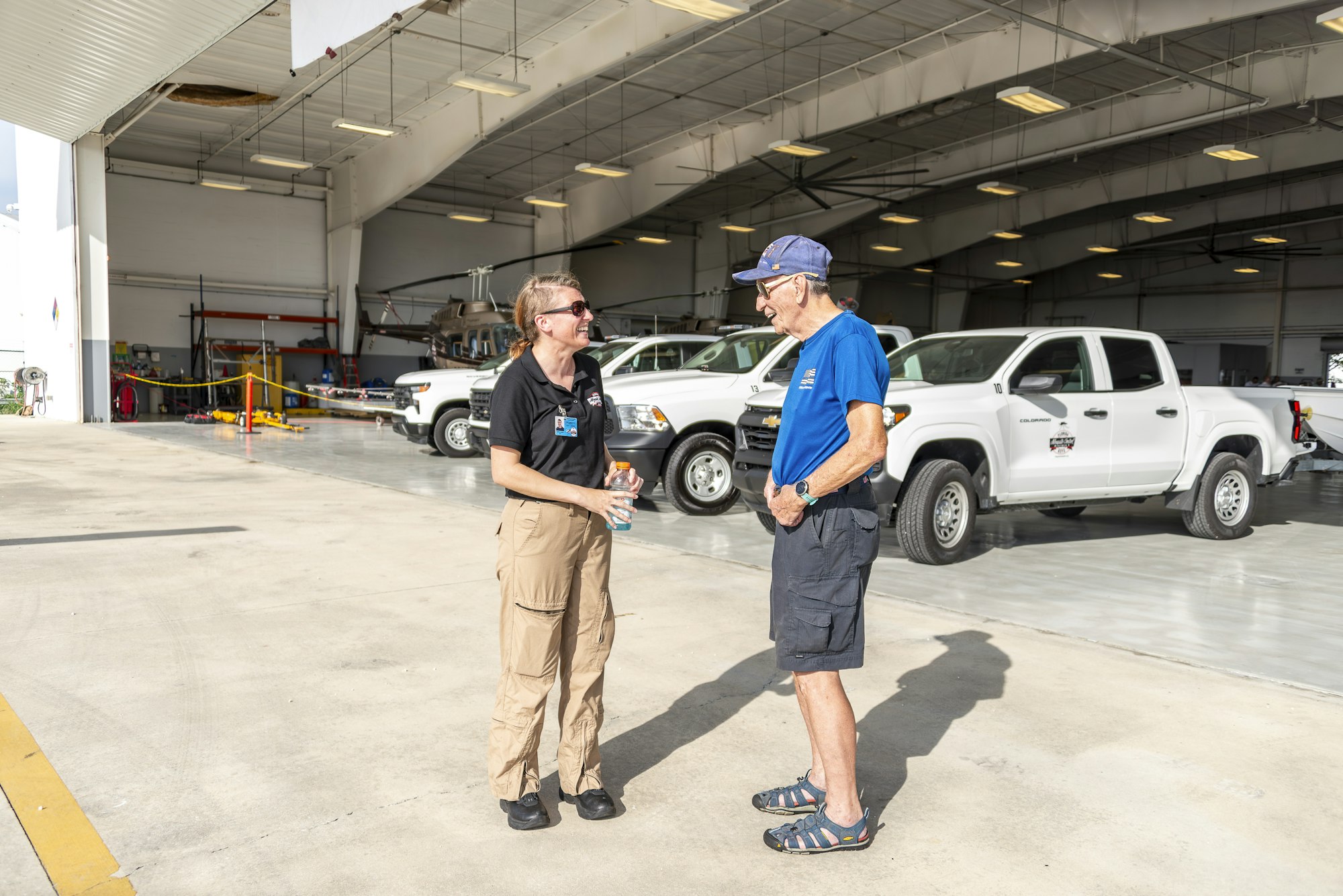

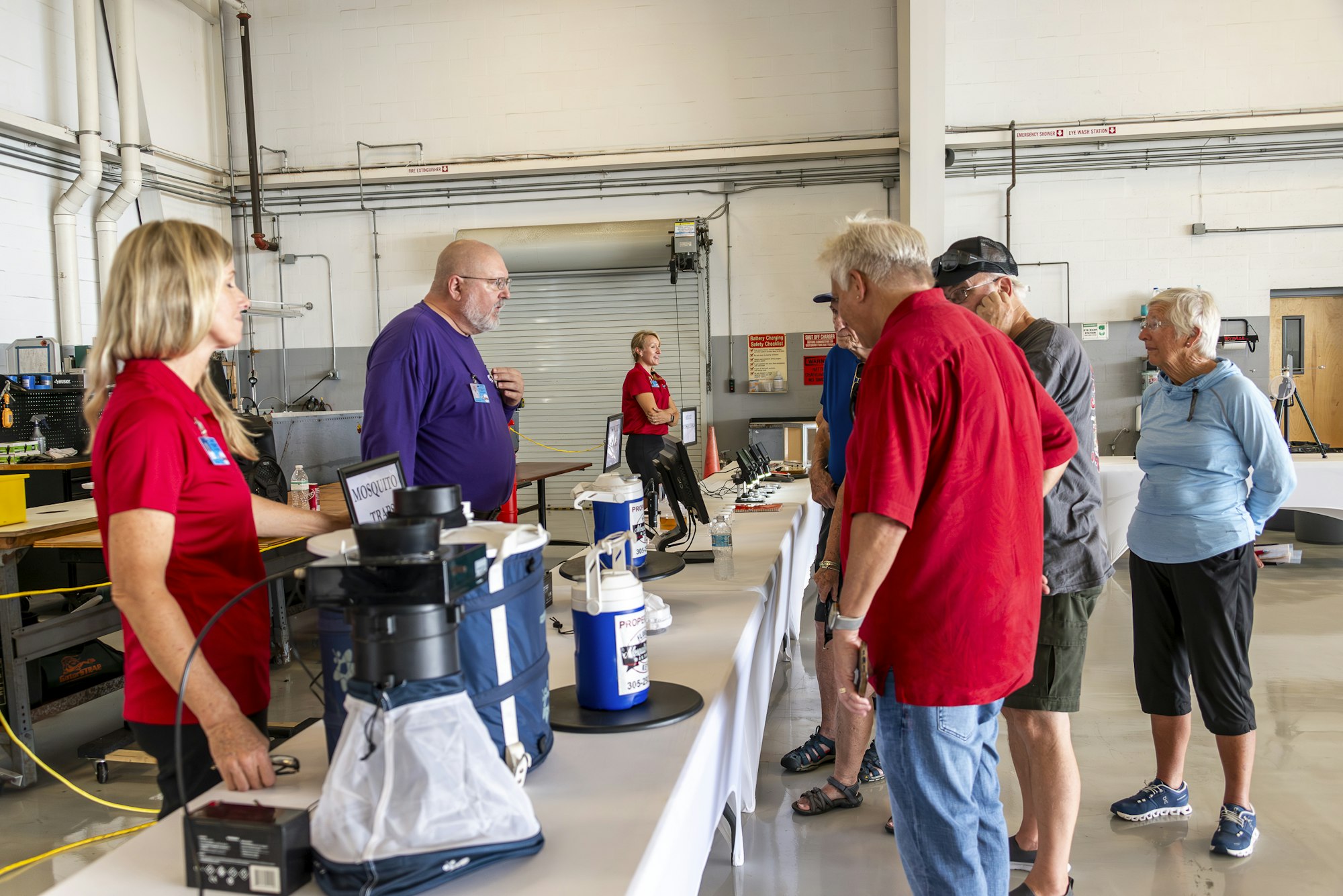
.jpg?ixlib=rb-1.1.0&w=2000&h=2000&fit=max&or=0&s=86e850e75ca987e2b39aa8ab43cd0b68)












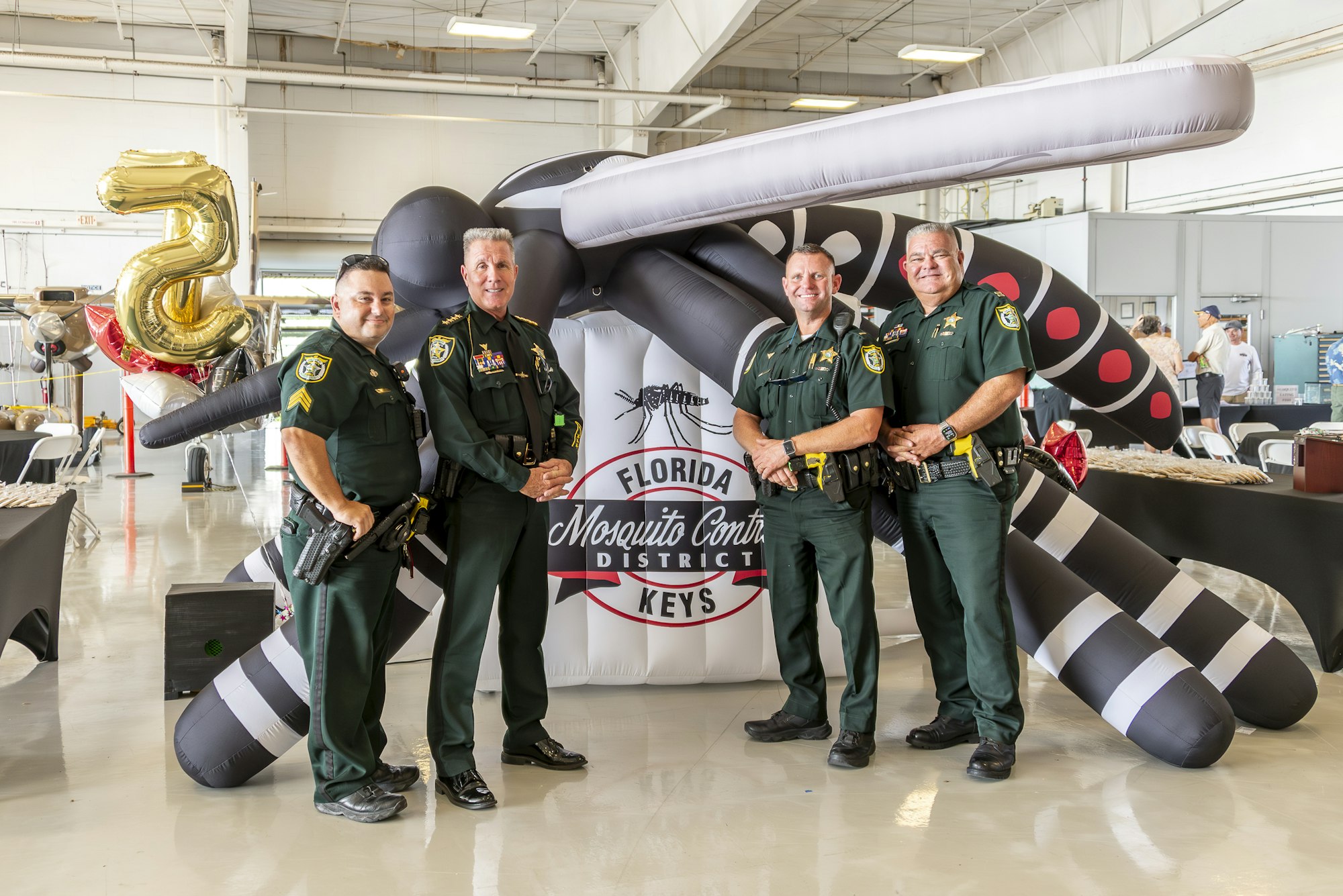

.jpg?ixlib=rb-1.1.0&w=2000&h=2000&fit=max&or=0&s=5e3141937256c293886d8072d673fcf5)







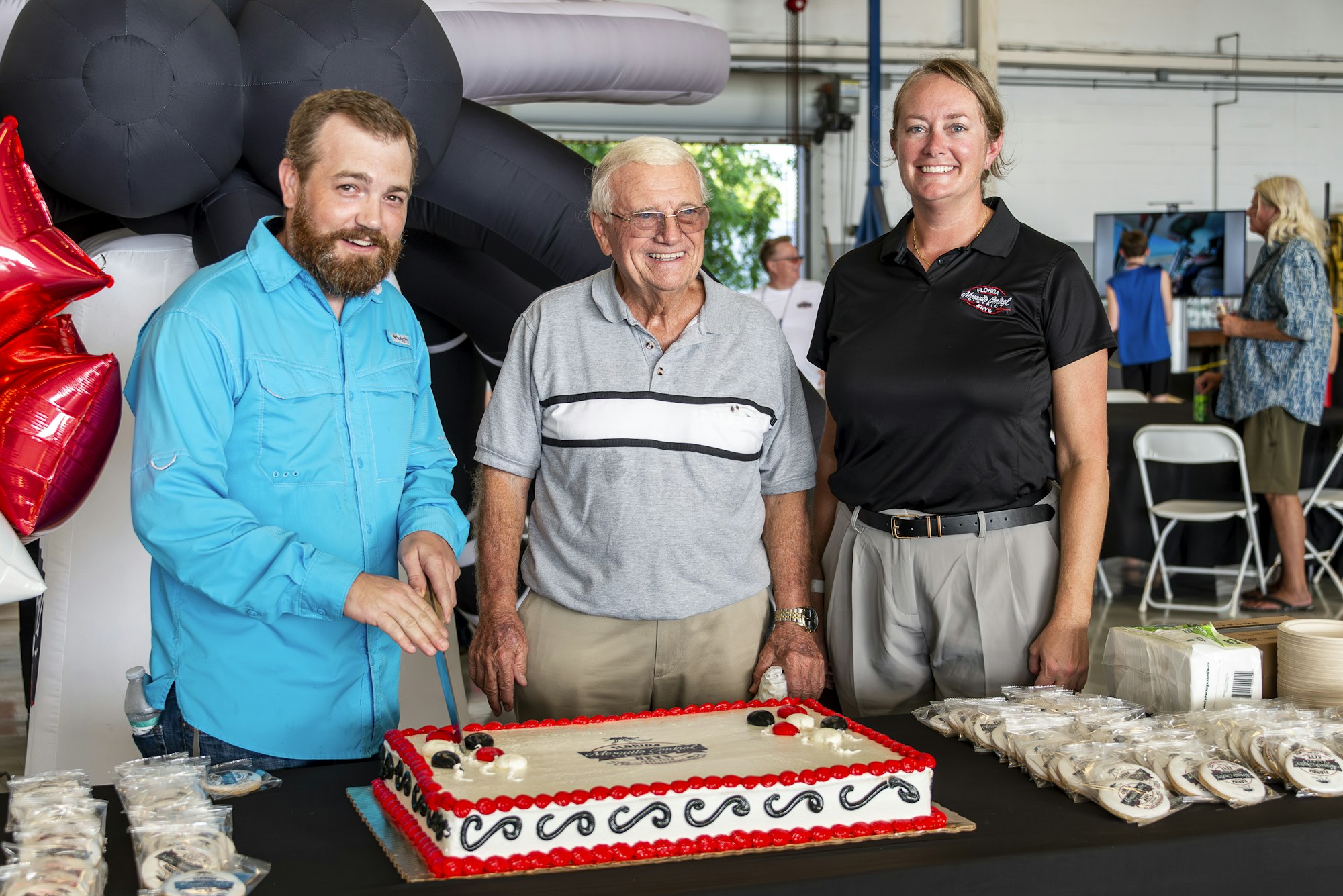








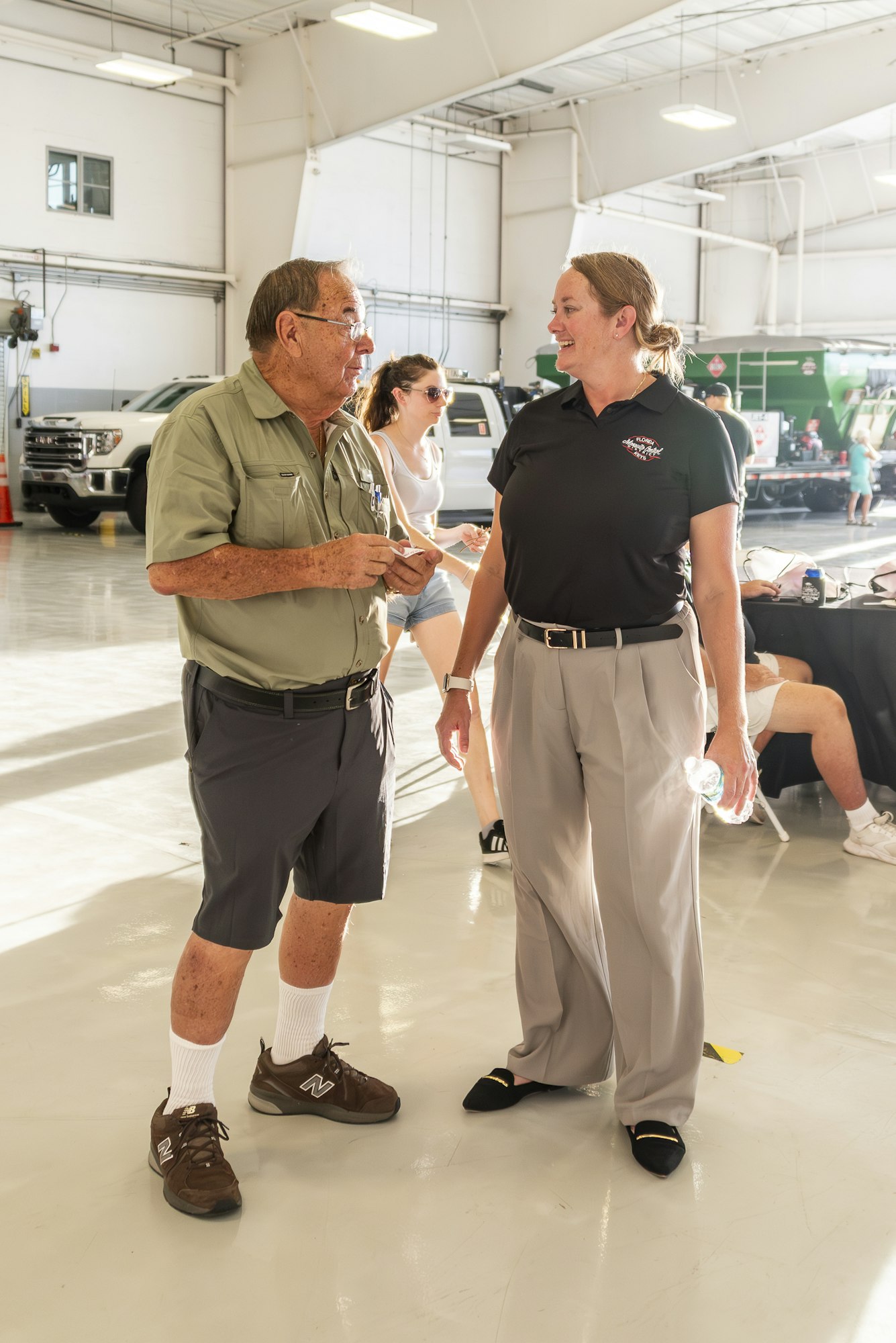










.jpg?ixlib=rb-1.1.0&w=2000&h=2000&fit=max&or=0&s=86e850e75ca987e2b39aa8ab43cd0b68)














.jpg?ixlib=rb-1.1.0&w=2000&h=2000&fit=max&or=0&s=5e3141937256c293886d8072d673fcf5)


















FL Keys Mosquito Control District Timeline
Take a look at some of the milestones achieved by FKMCD during its 75 Year History of protecting Public Health in the Florida Keys.

Florida State Legislature passes House Bill 1127 which establishes parameters in which County Government entities can establish special taxing districts for numerous functions including Mosquito Control.
Monroe County Voters overwhelmingly vote to approve a measure that creates the Monroe County Anti-Mosquito District. The measure provides for the creation, organization and administration of the District as well as election of qualified Commissioners from within the District.
The Monroe County Anti-Mosquito District is established at an organizational meeting at the Monroe County Courthouse in Key West. It was determined that the district would be governed by an elected, three-person commission (later increased to five) with the prescribed duty to levy taxes for the purposes of arthropod (mosquito) control as well as appoint an Executive Director and Create Policy.
The Board is empowered originally to levy one mill, but not to exceed $25,000 annually, however it began with a balance of zero and wanted to begin controlling mosquitoes immediately.
The Anti-Mosquito Commission opted to seek donations from other entities and private citizens to help fund the fledgling organization since it was only now authorized to begin levying taxes. Monroe County shows its support by donating more than Five thousand dollars and several pieces of equipment. With that, the district was able to begin operations immediately as opposed to waiting until the next fiscal year.
The Executive Director and Entomologist, William Warner is listed as the District’s only full time employee. There are 14-part time employees to help carry out District functions including the operation of three ‘Dyna Fog’ Sprayers mounted on three 1951 Dodge Pick Ups.
The entire District adult mosquito control program consists of three fog trucks for the ENTIRE 120-mile length of the Florida Keys. One truck was assigned to Key West and Stock Island, the second was assigned Marathon to Long Key, the third was assigned Lower Matecumbe to Key Largo. Since the operation of each fog truck was problematic from a budge perspective because each required two persons to operate. (one to spray one to drive). So the district designed and built in house an apparatus that allowed the driver to safely control the spray from inside the cab.
The District saves enough money to purchase two additional trucks and spray equipment for a total of five.
The mosquito species, Aedes sollicitans is considered the major problem mosquito in Key West due to its aggressive nature and displayed resistance to DDT.The Monroe County Anti-Mosquito District expands an extremely successful public private partnership program that distributes thermal fogging equipment and chemicals to qualified property owners. If the property is in an area that is already treated by the District, there is a cost associated with the spray manifold and chemicals. If the property is located in an area that is NOT treated by the District, then it is provided free of charge.
Florida State Legislature approves lifting of the $25,000 levy cap that was provided in original legislation, allowing the Anti-Mosquito District to accumulate whatever amount was provided in the millage that is set.
Three additional pick-ups are purchased and outfitted with fog equipment for a total of eight. Each truck has the ability to be operated by one person. All vehicles are painted fire engine red for safety and visibility.
Fogging spray operations for the entire 120 miles of the Florida Keys in Fiscal Year 1953 requires accumulates 4,239 ¾ hours.
The City of Key West records a then record 19.88 inches of rain in a 24-hour period resulting in a significant outbreak of mosquito breeding in the Lower Keys. Two days later, on November 16, 1954 Brevard County loans Monroe County three aircraft for the purposes of aerial spraying. This is the first mention of aerial mosquito spraying in district records.
Total District Budget for the Fiscal Year is $104, 229.75 but it is deemed completely inadequate to control mosquitos in the county. District seeks an increase of 1 mill but receives approval for a ½ mill increase to 1.5 mills.
District staff utilizing a former Navy Barracks at Key West Airport as a headquarters. According to records, district staff divided the building in to administrative offices, reception, laboratory, maintenance shop and chemical storage.
State Audit Report terms the District’s financial management as ‘sound’ and says monies from state and local sources are properly accounted for.
During 1958 the District received from the Monroe County Board of County Commissioners 20 year leases on three locations at Marathon, Islamorada and Tavernier.
COMMISSIONERS: Commissioner Arthur Baker resigned on July 2, 1958 because of a change of residence and Commissioner Edelmiro Morales was then elected Chairman as which he served until when he himself resigned in order to fullfill an unexpired term for Justice of the Peace. These two resignations left Commissioner Albert Meeller to serve alone (as a three-man Beard). Fer lack of a querum the Board could transact no business until the appointment by the Governor of Commissioners Leonard Warren of Key West and Clyde Jordan of Marathon. Thus the District became defunct for a period of 28 days during 1959.
During 1959 staff constructed ‘Sub Station’ in Marathon and installed a fence surrounding it.
The District initiated domestic inspection in the Upper Keys for the first time. Survey cards were designed especially for the area so a comprehensive report for each residence could be maintained from the perspective of mosquito species found and treatments provided and recommended.
150 new landing rate count stations are established throughout the keys in a bid to keep better track of Salt Marsh Mosquito Populations.
